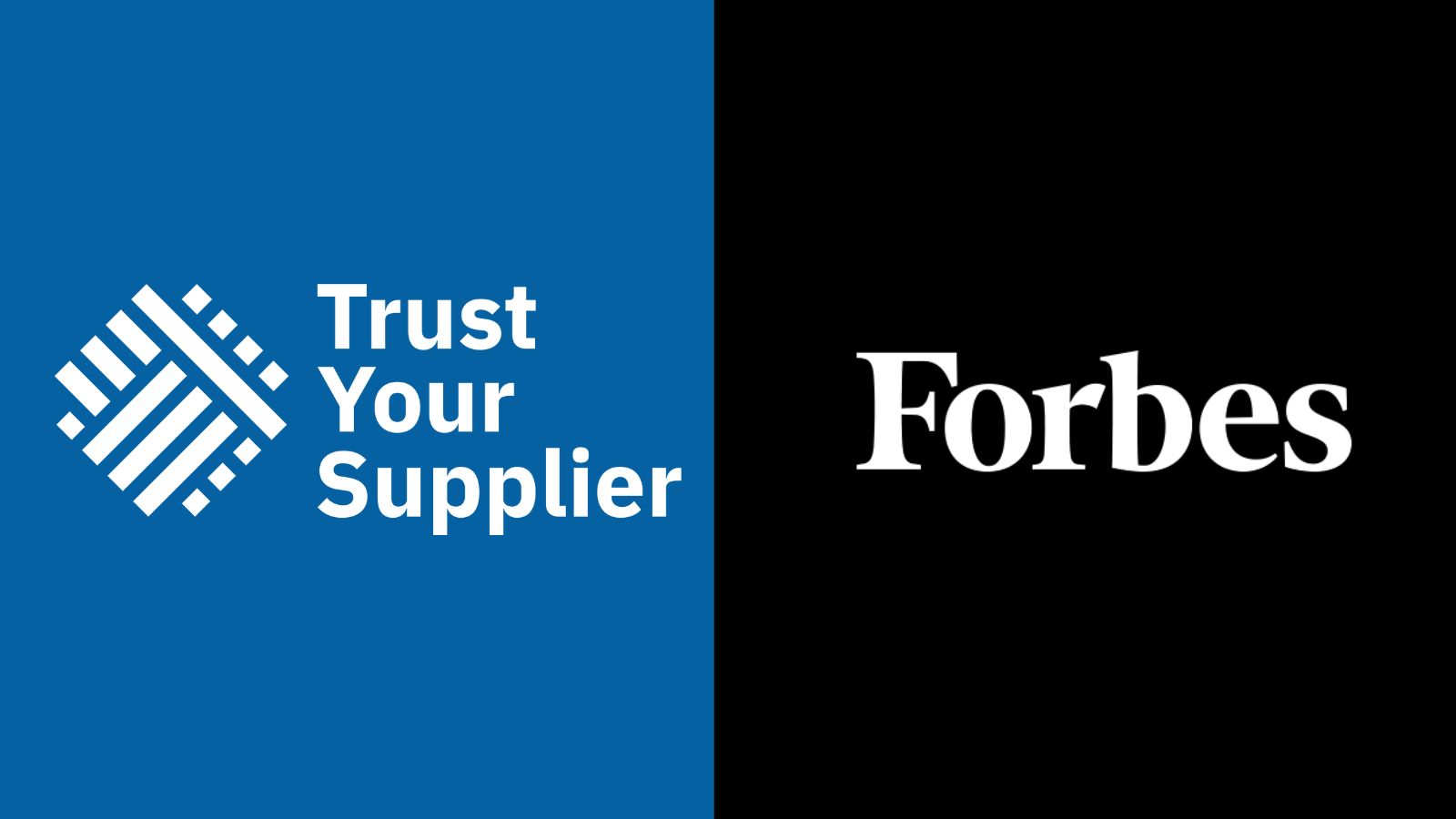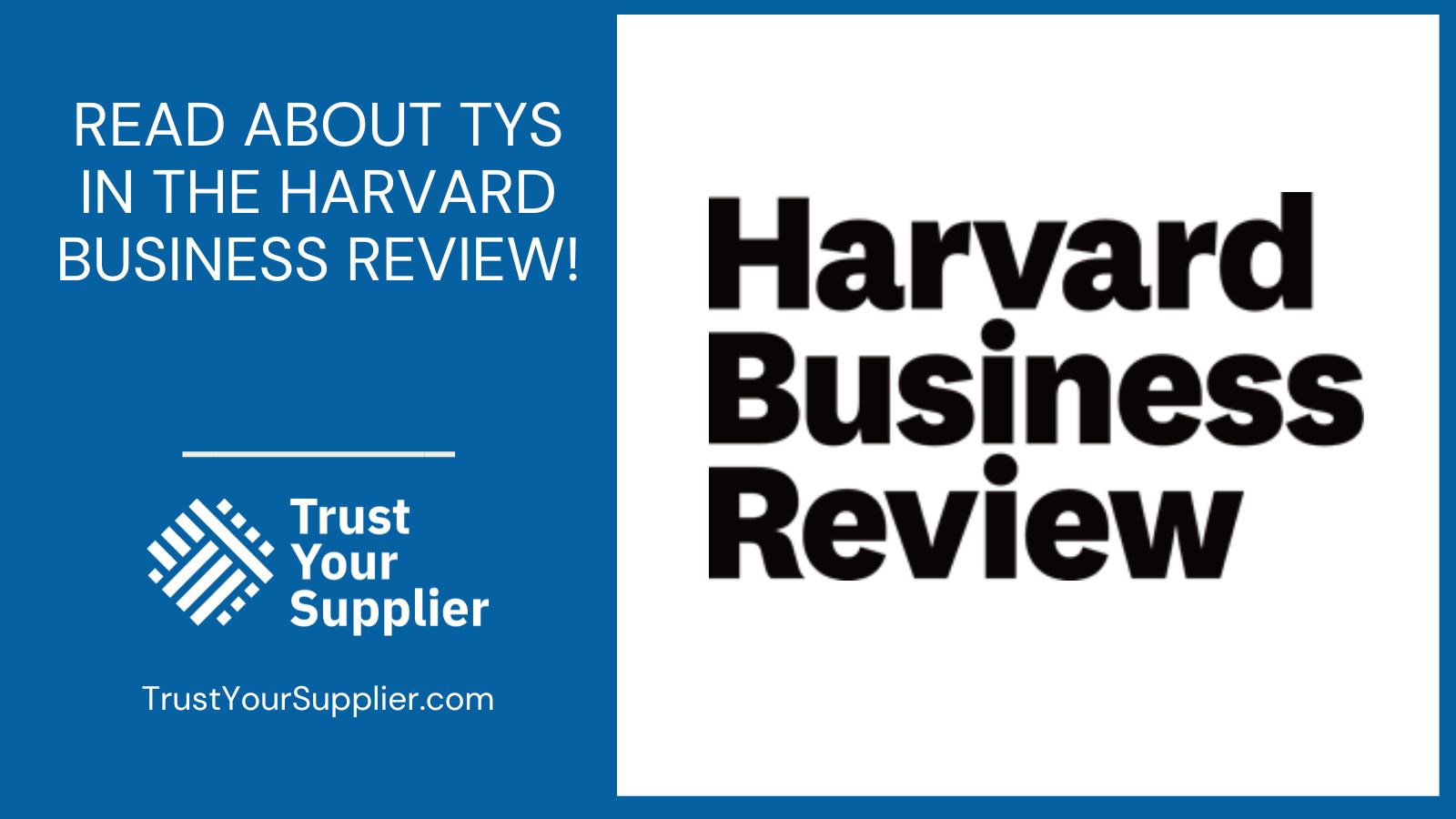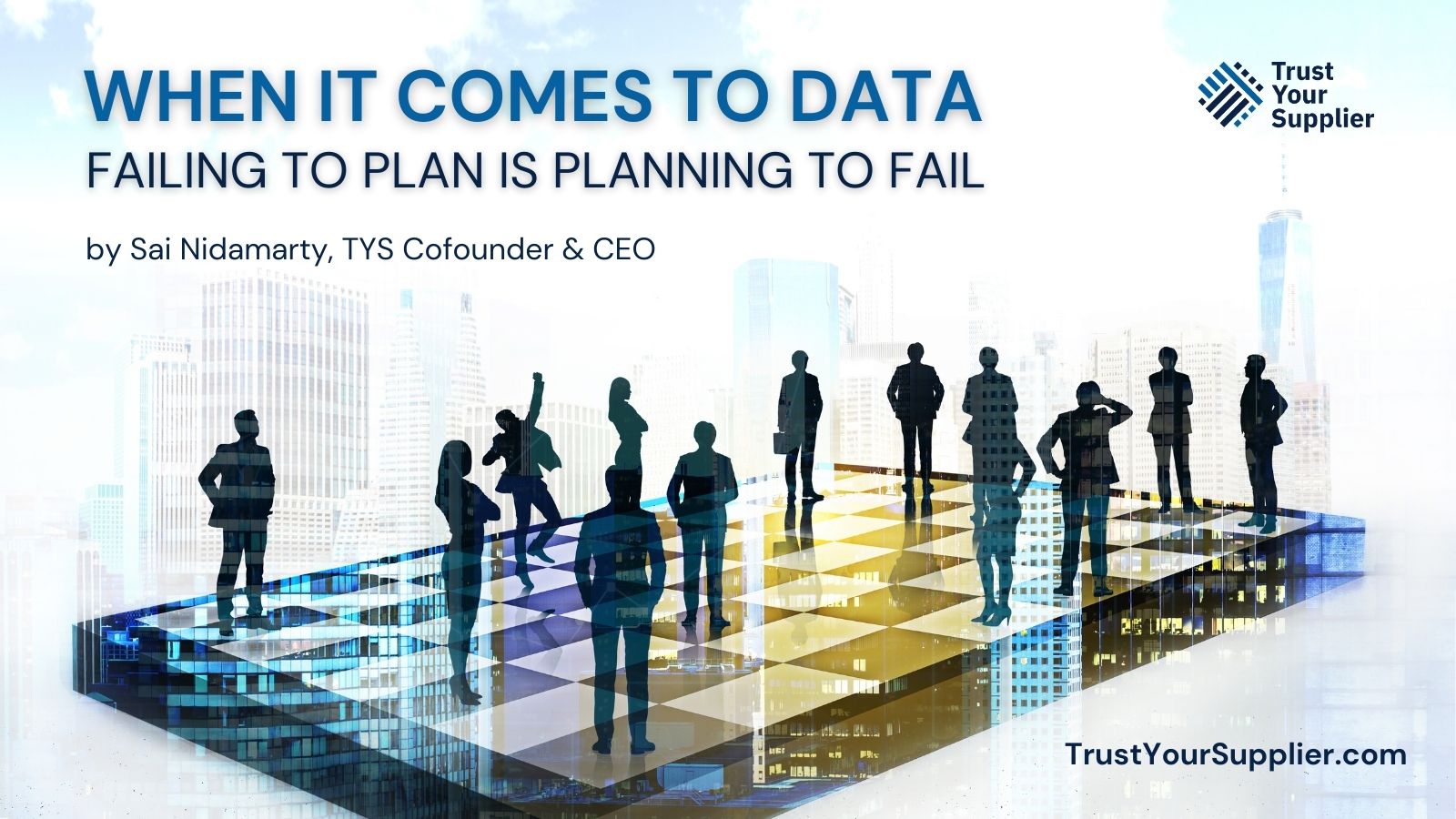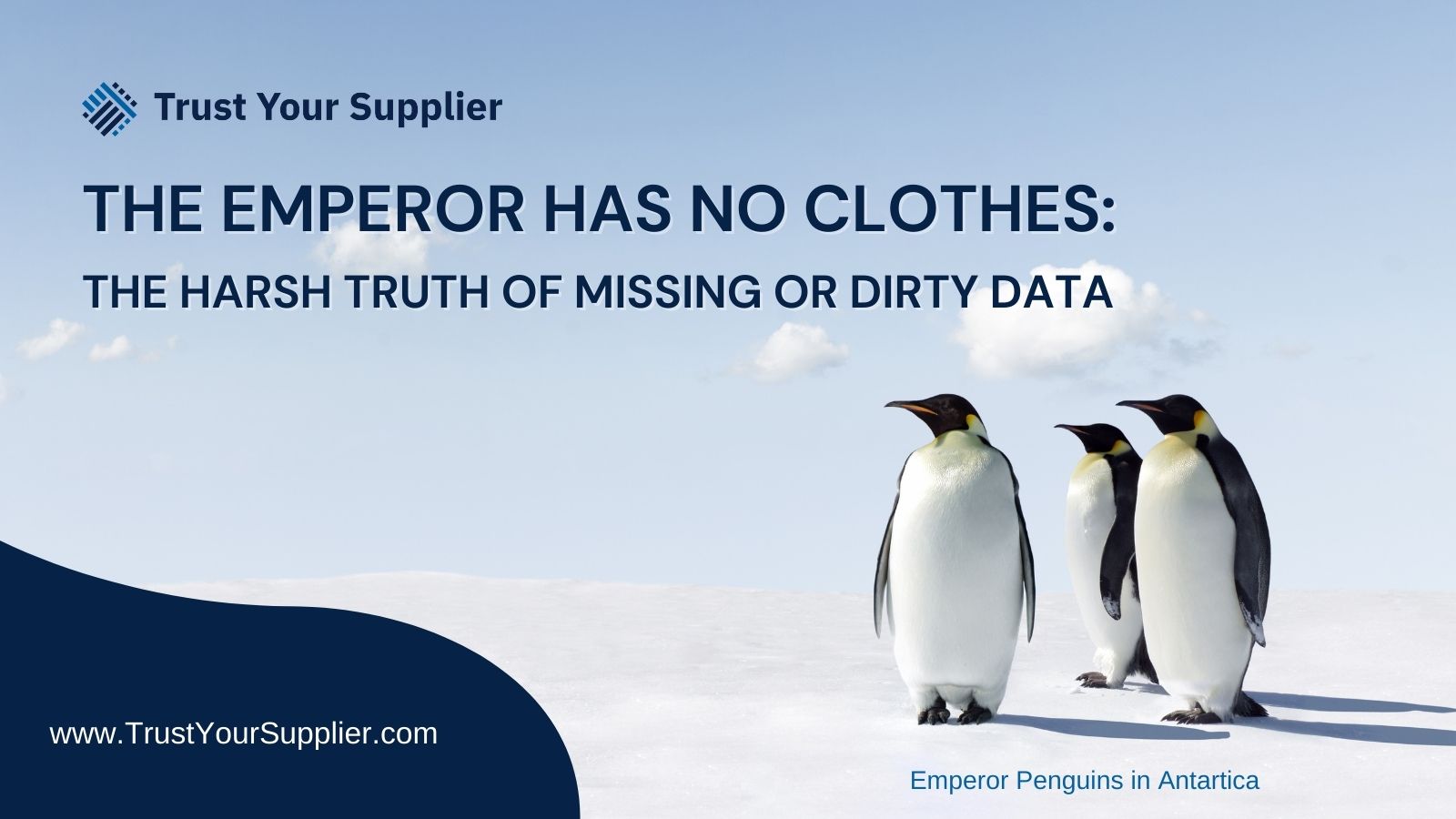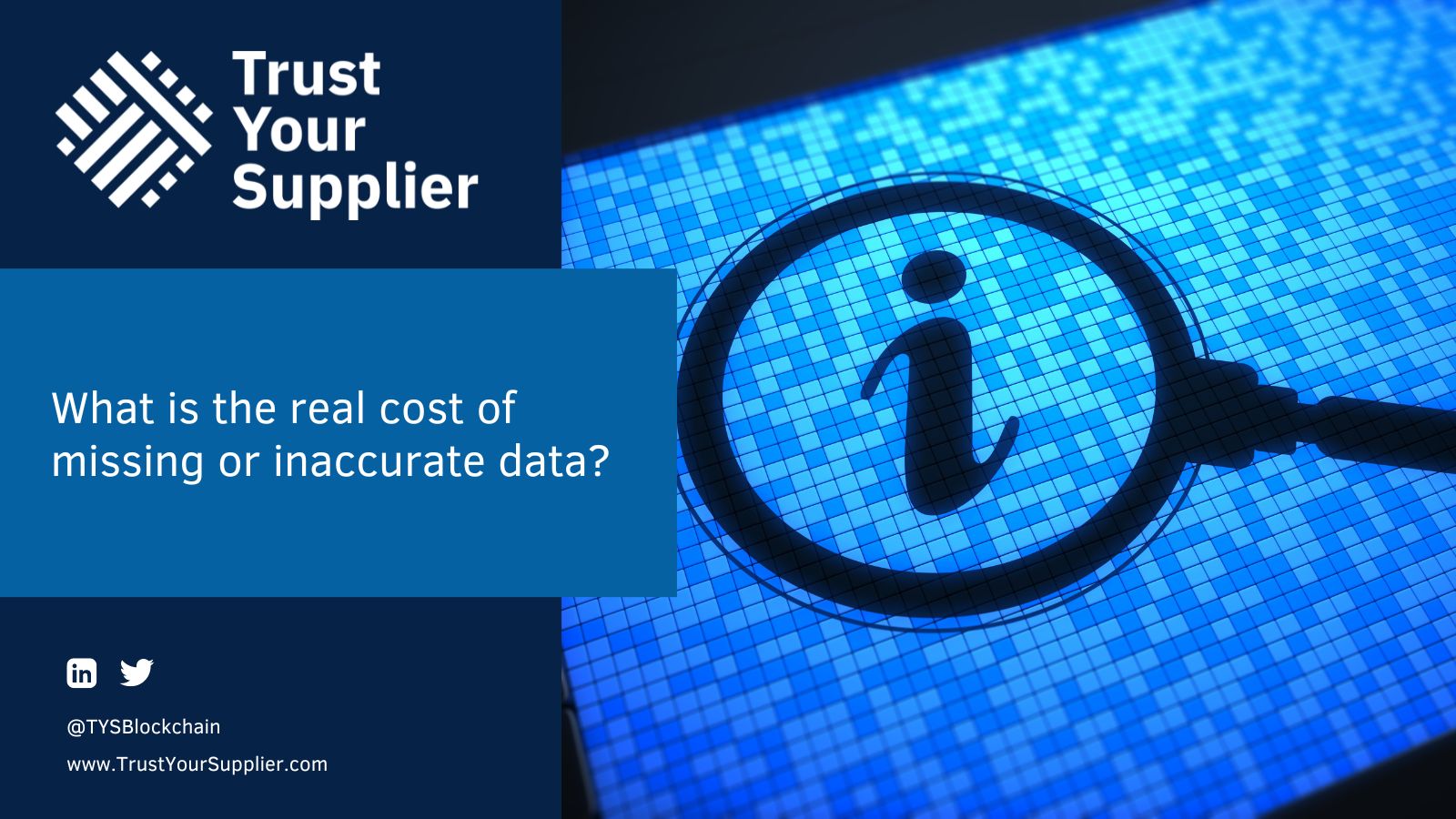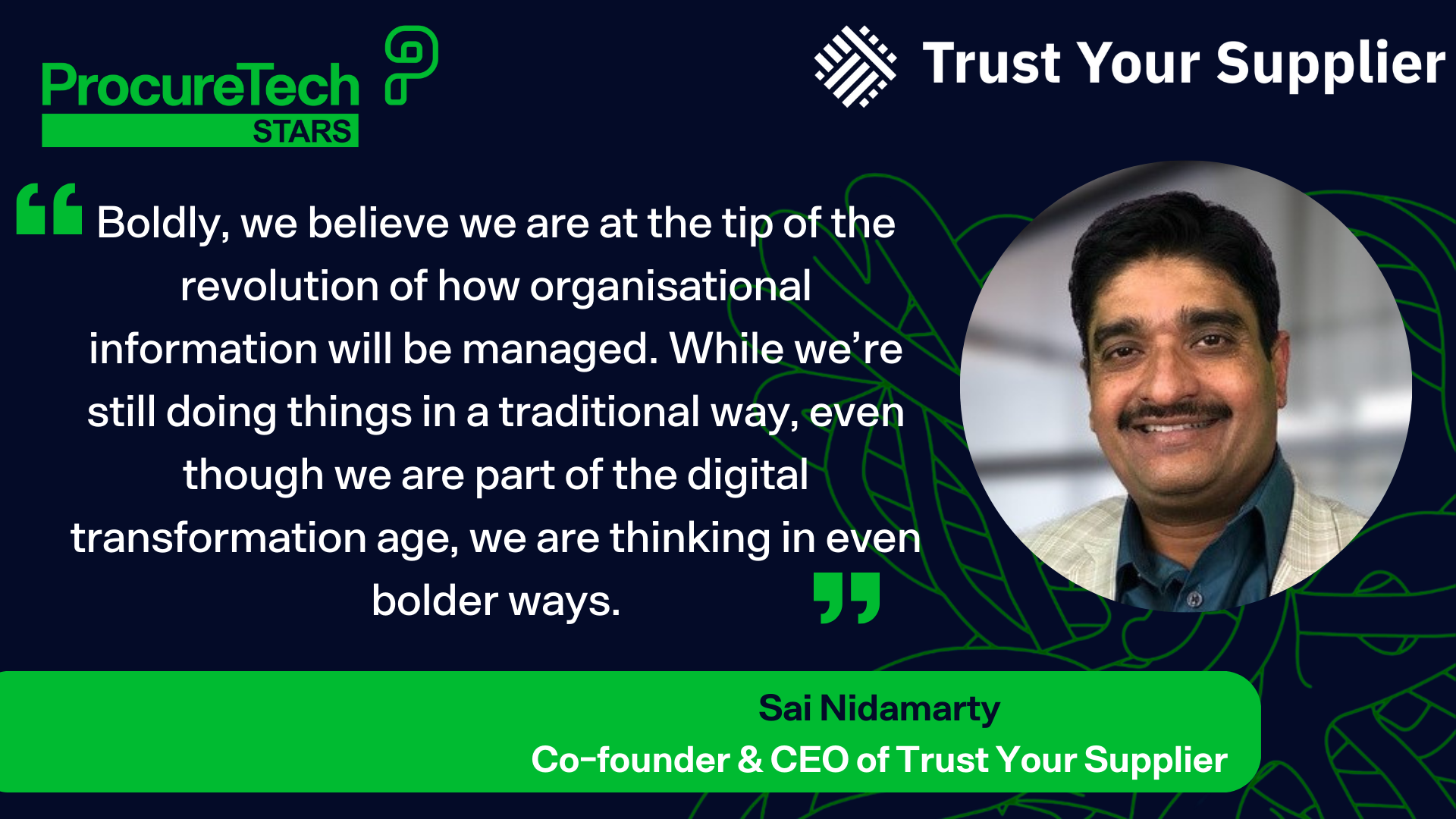by Jon Hansen, Chief Editor, Procurement Insights
Did you know the average number of webinars a company hosts annually averages between 23 and 25? I moderate a good number of webinars, but considering how many companies there are and multiplying that by 23 to 25, the total number is beyond fathomable.
The question is, how do you sift and choose the right webinar out of an abundance of options?
For me, the webinars I get the most from are those in which there is frank, at times thought-provoking discussion between industry thought leaders that provide unique insights you can’t get anywhere else.
Of course, the challenge is that many topics have been covered ad infinitum. When I agreed to moderate a panel discussion regarding missing or dirty data, my main concern was what more could be said that still needs to be said.
Panel Power
It turns out there is a great deal left to say – especially when you have an incredible panel. I know that the panel for this upcoming webinar, “Supplier Data: What you don’t know can and will hurt you,” is one such panel.
Between Tom Redman, Greg Tennyson, and Sai Nidamarty’s collective experience and expertise, you will never see data in the same way again.
How do I know?
I record and transcribe every dry run. For those unfamiliar with a webinar dry run, besides testing the connectivity regarding picture and sound, we engage in an off-the-cuff assessment of the subject we will discuss when we go live. I have done many of these – in fact, I have lost count, but this one was a little different. I am almost tempted to use this recording in place of the live event on May 18th. Just kidding, but you get my point.
However, I will share a small excerpt of the transcript from the session with you because when you read it, I know you will want to sit in when we go live. Below is just a small sampling of what you can expect – not only concepts but tangible insights and answers to enable you to think of data differently.
Use the following link to reserve your seat at what promises to be a most memorable session: Supplier Data: What You Don’t Know Can (And Will) Hurt You.
The “Transcript”
Do we see it beyond, let’s say, the narrow scope of, well, there’s supplier data, there’s information, but overall understand the repercussions of data?
Tom Redman ·10:32
What were the repercussions here, Jon?
Jon Hansen ·10:34
Well, to start off, let’s put this way. The customers ended up being charged $150,000 on their credit cards, even though they only had a $10,000 limit. Let’s go to the next one. Another customer charged $674,000 for airline tickets, while others are paying free travel vouchers by paying taxes, associate fees, and they were told, oh, by the way, that was a mistake. We cancel all your flights. And then there’s even in terms of this data and the reach of it struggles, in terms of suppliers, in terms of engagement, in terms of filling orders. I mean, with Peloton, that cost them dearly. And they had to revert from going their usual route of shipping product by transport. They had to go to air transport, which increased their cost challenges. There Rotax, Bombardier, and again, this goes and ripples through the supply chain.
Jon Hansen ·11:39
The Russia that bombed Ukraine, and they found out that they had the Rotax and the Bombardier parts in there. So now there’s a big investigation. There’s potential sanctions, but it’s not only that company, the companies there Rotax and bombarding, but it also what will that do in terms of relationships? I mean, this is like, do we think about it in these real.
Sai Nidamarty ·12:11
Impact?
Jon Hansen ·12:11
Do you see what I’m saying?
Tom Redman ·12:13
Not yet. Who has actually been hurt by these?
Jon Hansen ·12:21
Okay, now that’s an interesting question. That’s why I asked these. Who does get hurt by this? I mean, maybe that’s what we have to look at with data. Who gets hurt when data isn’t accurate? To what extent does it impact the marketplace? What happens if, for example, with the Rotax and the Bombardier situation, where now all of a sudden, the whole supply network, including the smaller suppliers that contributed to the building of this product, get sanctioned and fined? What impact will that have on Bombardier’s customers, employees, the business? Do you see what I’m saying? I mean, it’s not just a balance sheet consideration here.
Greg Tennyson ·13:02
I’m following.
Jon Hansen ·13:03
Go ahead.
Tom Redman ·13:04
I’m sorry, Greg.
Greg Tennyson ·13:05
Yeah. No, I’m following, Jon. It’s a reputational risk. It’s the impact to the employee for loss of jobs. It’s the supplier losing revenue because now they have sanctions, they’re disbarred from doing business, etcetera. So the implications are far and wide.
Jon Hansen ·13:21
I think that’s really the whole messaging here. It’s like the Peloton. It wasn’t a question of whether or not they had the data. Reports show that they had the data available. They just didn’t know how to read it. They didn’t know how to recognize what the data was telling them. So even if you have data and everyone does, even if you cleanse that data and the process for doing that, I mean, reading it and being able to anticipate what it means, that seems to be a struggle for a lot of companies. Am I wrong?
Tom Redman ·13:57
I don’t know. Like, still, most of this I find maddeningly abstract. So what happened? Is Peloton as a result. I mean, is Peloton out of business? Right? Have sales tanked by 30%? Have people been fired, by the way? These things happen all the time, right? Yes, there is potential things that can happen. Right. But why are you looking at these not similar ones. Why aren’t you looking at the bad counting in the census, which caused three is it three or six? number of states to be misassigned their right number of representatives, which over ten years they don’t get the money they deserve of the 1.5 trillion that the government disperses annually?
Tom Redman ·14:53
I wrote a report one time in Peer and Sloan Management Review that synthesized this and said a good starting point for the cost of bad data for a company is 20% of revenue. Right. By the way, I mean, I do appreciate the need. For example, Boeing Seven is it the seven three seven max, which the sort of angle of attack sensors failed, crashed a couple of planes, cost 430 some people their lives. Right? Think of $100 million. Delayed all those planes from coming out. Right. Whipsawed through the supply chain. Those are tangible things that have happened.
Sai Nidamarty ·15:49
So you bring good points, Tom. There is a McKenzie study that is published, and I will get the links to that. There is 1% EBITDA big organizations lose because of supplier disruptions that companies don’t even know how to really manage or calculate it. Right? And that is all happening because of a lot of supplier disruptions, not having the proper supplier data, those kinds of things. Right? 1% EBITDA is a big number to really manage their supplier data in a way that they’re actually doing their whole supply chain with a lot of proper insights and coming out with accurate data. Right? Microsoft’s CEO said that data culture is very important for us. Every decision that we make should be based on the right data that we are having, and that way we can make the right decision.
Jon Hansen ·17:23
You hit it on the head and Greg, you put in the comment about Boeing 737 was a $2.5 billion impact. And Tom, when you mentioned about Peloton yeah, the CEO got fired. They lost a huge amount of money, market share. April Harrison indicated in the chat that they had a major recall of parts. What’s interesting about this, and this is what I wanted to bring out in these discussions is to turn it from a conceptual one to drilling down. What exactly are the impact in real world circumstances? What are the impact in terms of, again, $2.5 billion impact, greg, that’s significant. That’s money, but that’s lives and all other kinds of factors in there, let alone the damage to their brand.
Greg Tennyson ·18:03
Right, right. Completely agree.
Sai Nidamarty ·18:07
Yeah. And Tom, to your point, right. How is that impacting? Are people getting fired or are companies losing money? People may not be getting fired, but companies are losing money. It is affecting their revenue, it is affecting their profit margins, but no one is able to really articulate it in a proper way. Right? Because look at it right now, we are working with a client. They are a very large client, and they have almost 100 plus ERP systems. When each ERP, a lot of things are coming from acquisitions and they don’t all have proper data management. Data culture. Right? They’re creating a lot of data inaccuracies, a lot of mismatches, and that is actually driving their inefficiencies, driving a lot of costs and all that.
They understand it, but they don’t know how to fix it because all these organizations are creating their processes and change management so complex that they’re creating the problem. It is impossible without clean data. That’s precisely what I’m trying to allude to. Right? That change management makes it so difficult because it is all done by people and the processes are becoming so complex that this is becoming a very big problem.
Jon Hansen ·19:56
And what’s interesting, and you see this is the whole thing of what I want to do with this first step, and this is very much what it’s going to be like, the discussion. I’m not looking for consensus or Q and A answers. I’m looking at this from the standpoint of this kind of roundtable type of discussion where, Tom, you sit there and say, yeah, but what does that mean? What about this? Because I think there’s not enough clarity here. And when it comes down to the data culture statute, we got to create a data culture that everyone can make better decisions. Well, what’s a data culture? And I mean, even in a Harvard Business Review article, they’re talking about, yes, it’s a cornerstone creating a solid data practice foundation.

